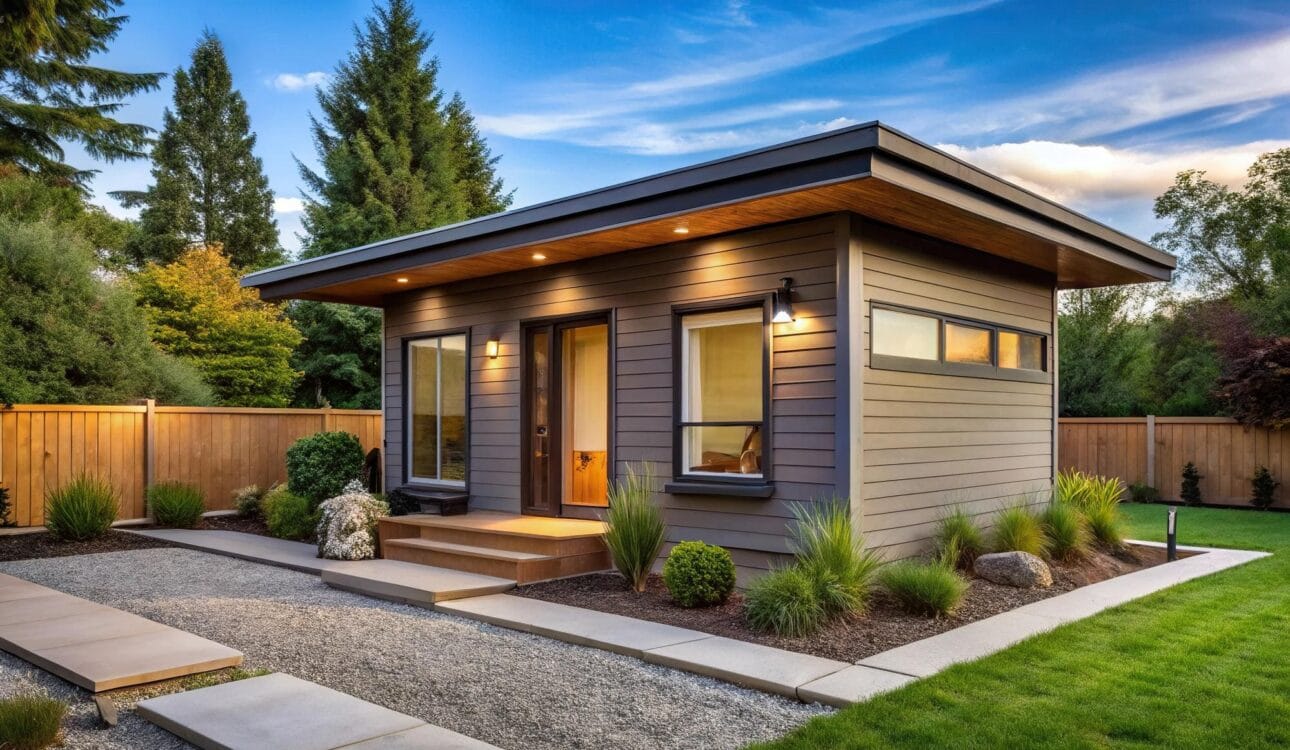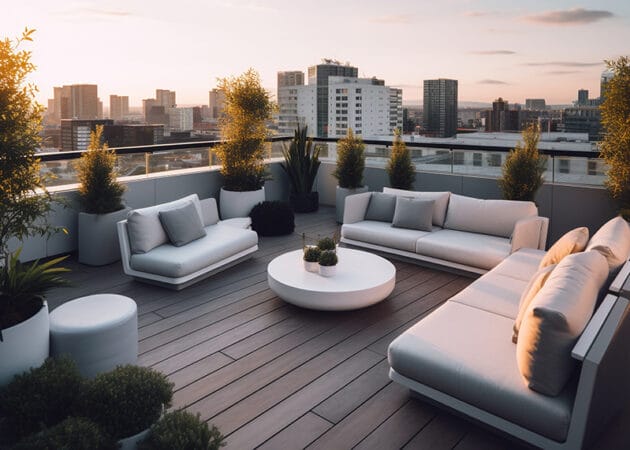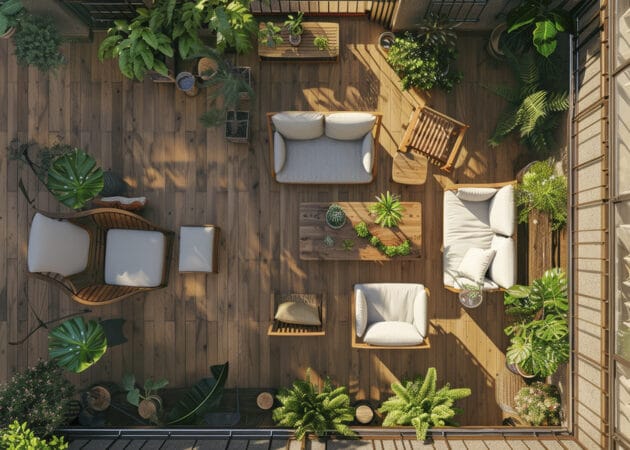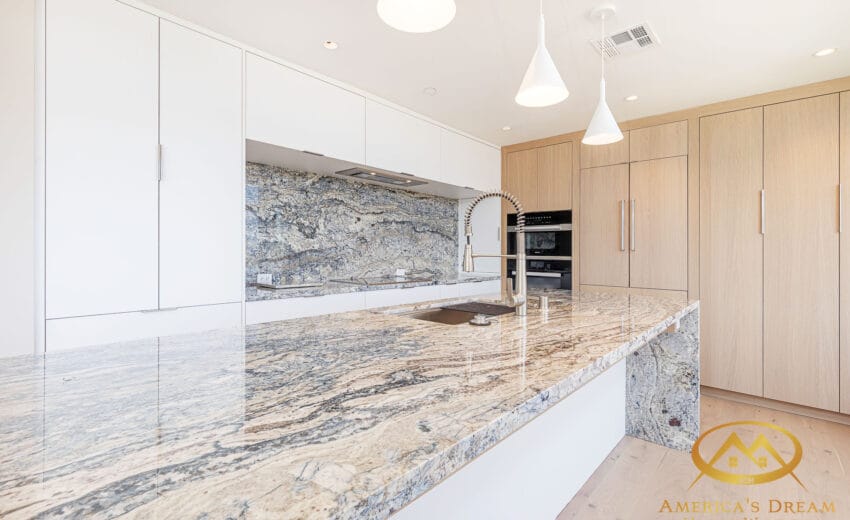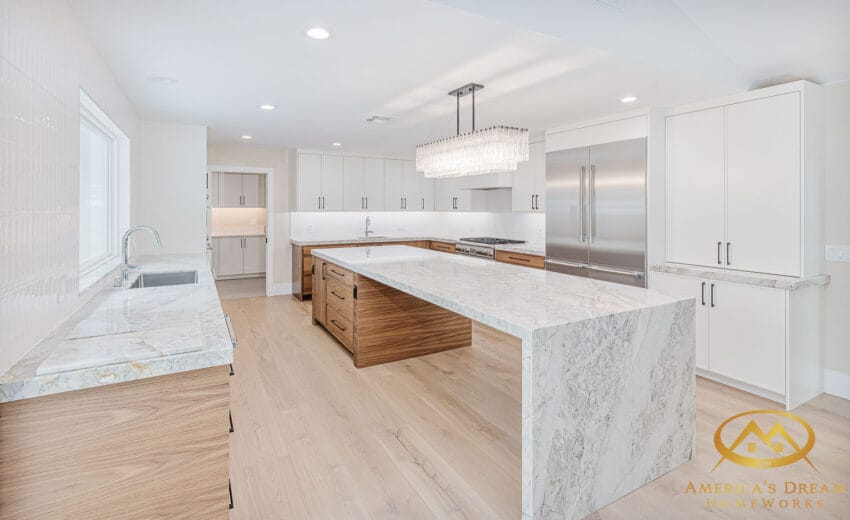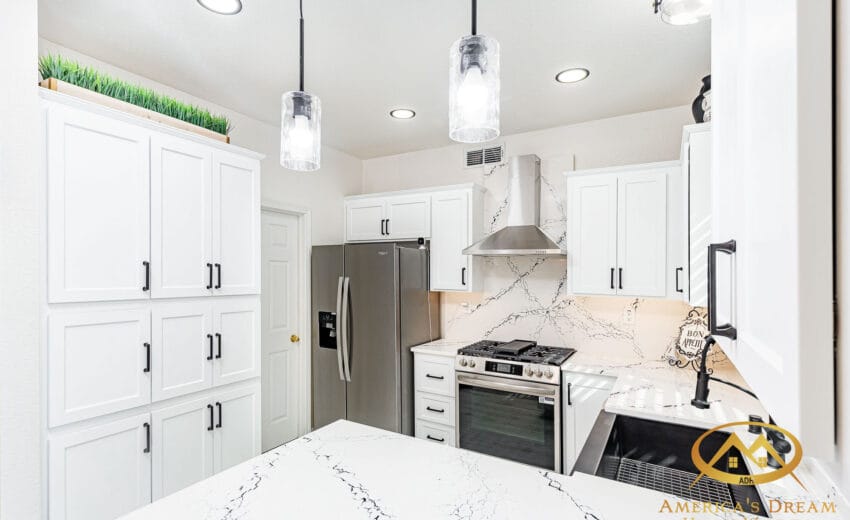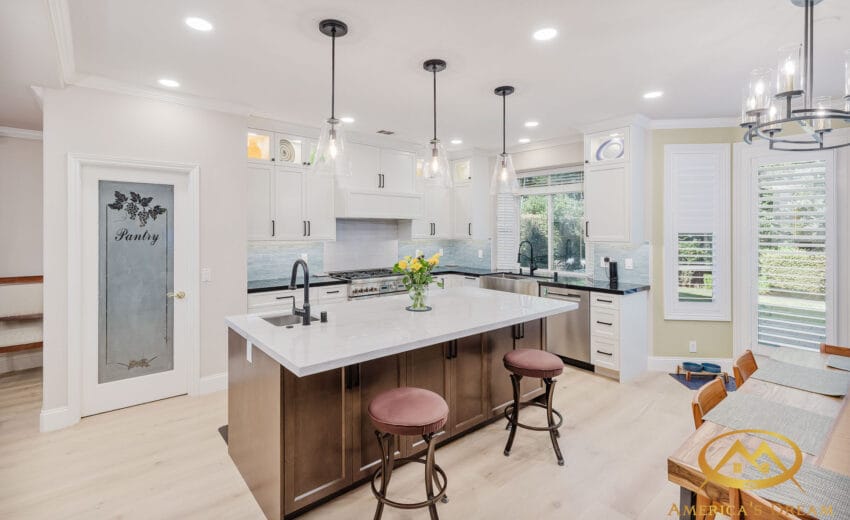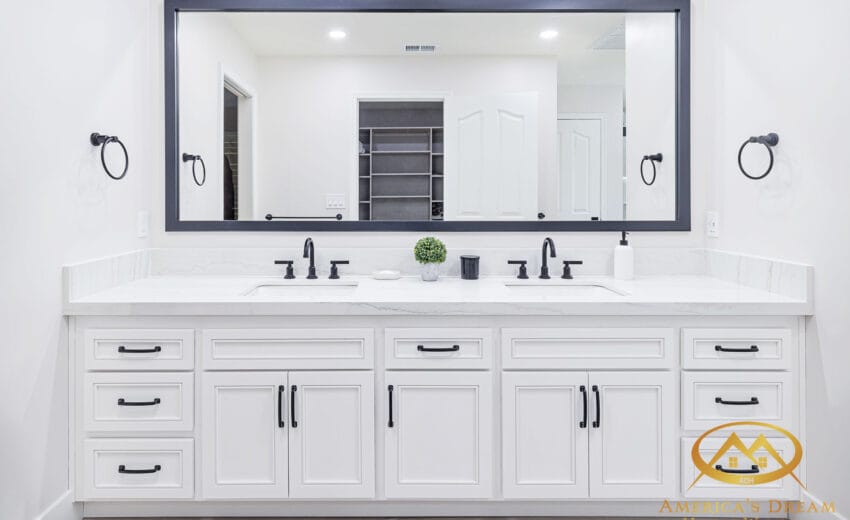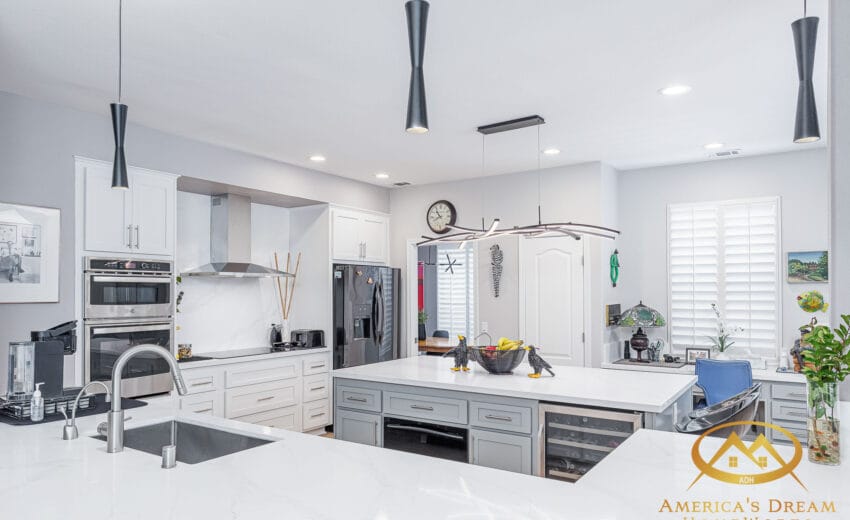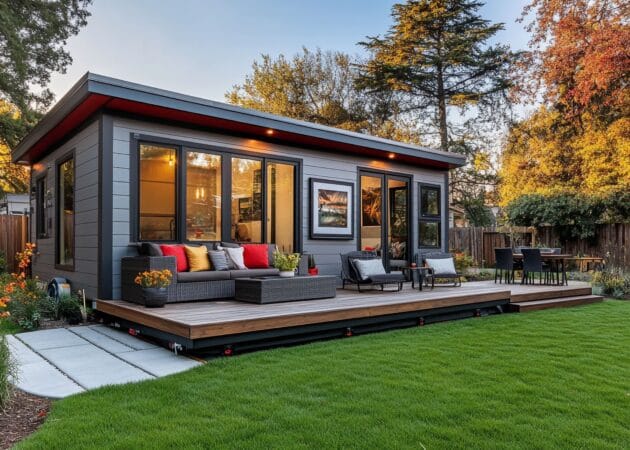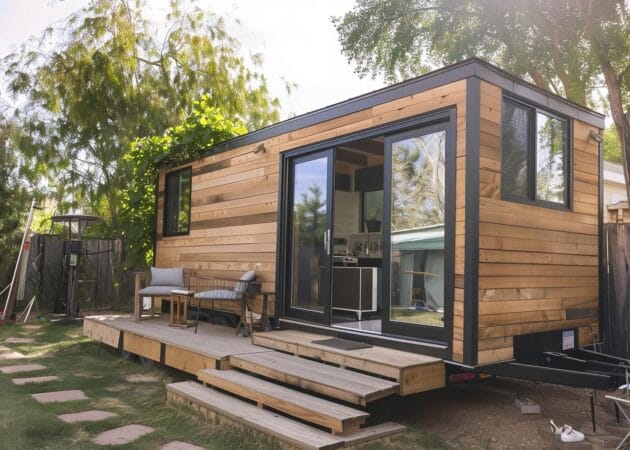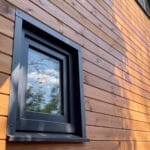In recent years, you may have heard the acronym “ADU”, especially in discussions around real estate, housing, and urban development. But what does ADU stand for? Whether you’re a homeowner, a potential buyer, or simply curious about this term, keep reading to learn more about ADUs and their growing popularity in urban America.
What is an ADU?
The ADU abbreviation stands for Accessory Dwelling Unit. An ADU is a secondary housing unit located on the same property as a primary residence. These units are typically smaller and more compact than the main house, taking various forms such as a detached guest house, basement apartment, or garage conversion. ADUs are commonly known by several other names, including granny flats, in-law suites, or backyard cottages.
The concept of an ADU is rooted in creating more flexible living spaces within established residential areas. They offer a solution to the increasing demand for affordable housing, especially in cities with limited space for new developments.
In many areas, ADUs are subject to specific zoning laws and regulations, which can impact their size, height, and design. Local governments increasingly recognize ADUs as a way to increase the housing supply without consuming additional land, helping to meet the demand for affordable housing while maximizing existing properties.
The Benefits of an ADU in Today’s Housing Market
Flexibility
ADUs offer flexible living arrangements for various situations, such as housing family members, renting to tenants, or creating a private space for work or recreation.Affordable Housing
ADUs provide homeowners the opportunity to rent out a small living space, which can help alleviate mortgage costs and supply additional income. On the other hand, these units are often more affordable than traditional apartments, making them an attractive option for renters.Sustainability
ADUs promote sustainable growth by increasing density without expanding urban sprawl, helping to reduce the environmental impact of new construction.Increased Property Value
Adding an ADU can significantly increase a property’s value, particularly in high-demand housing areas. Homeowners investing in an ADU construction project often see substantial returns on their investment.
Challenges of ADUs
Zoning and Building Codes
Not all areas allow the construction of ADUs, and even when permitted, there may be strict zoning regulations regarding size, location, and design. Navigating these challenges requires careful planning and consultation with local authorities or contractors.Cost of Construction
While ADUs can provide long-term financial benefits, the upfront cost of construction or conversion can be substantial. Partnering with an experienced remodeling company can help manage costs effectively.Privacy Concerns
Adding an ADU on a property can lead to privacy concerns, especially if the unit is located near the main house or is intended for rental use. Thoughtful design and landscaping can mitigate these concerns.
Check Our Recent Projects
Conclusion
Accessory Dwelling Units (ADUs) have become a significant feature in today’s housing market, addressing key challenges like housing shortages, affordability, and sustainability. ADUs offer homeowners a way to maximize property use, generate additional income, and provide flexible living arrangements.
As the trend of building ADUs continues to grow, it’s crucial to understand both the benefits and challenges associated with these secondary units. By working with trusted professionals and local contractors, homeowners can navigate the complexities of ADU projects with confidence. As cities adapt to growing populations and changing economic conditions, ADUs are poised to play a pivotal role in shaping the future of housing!
